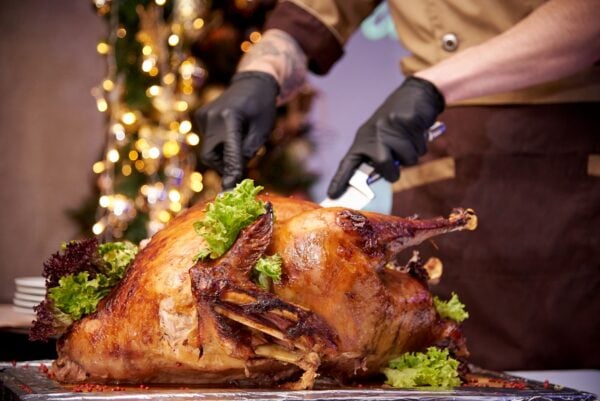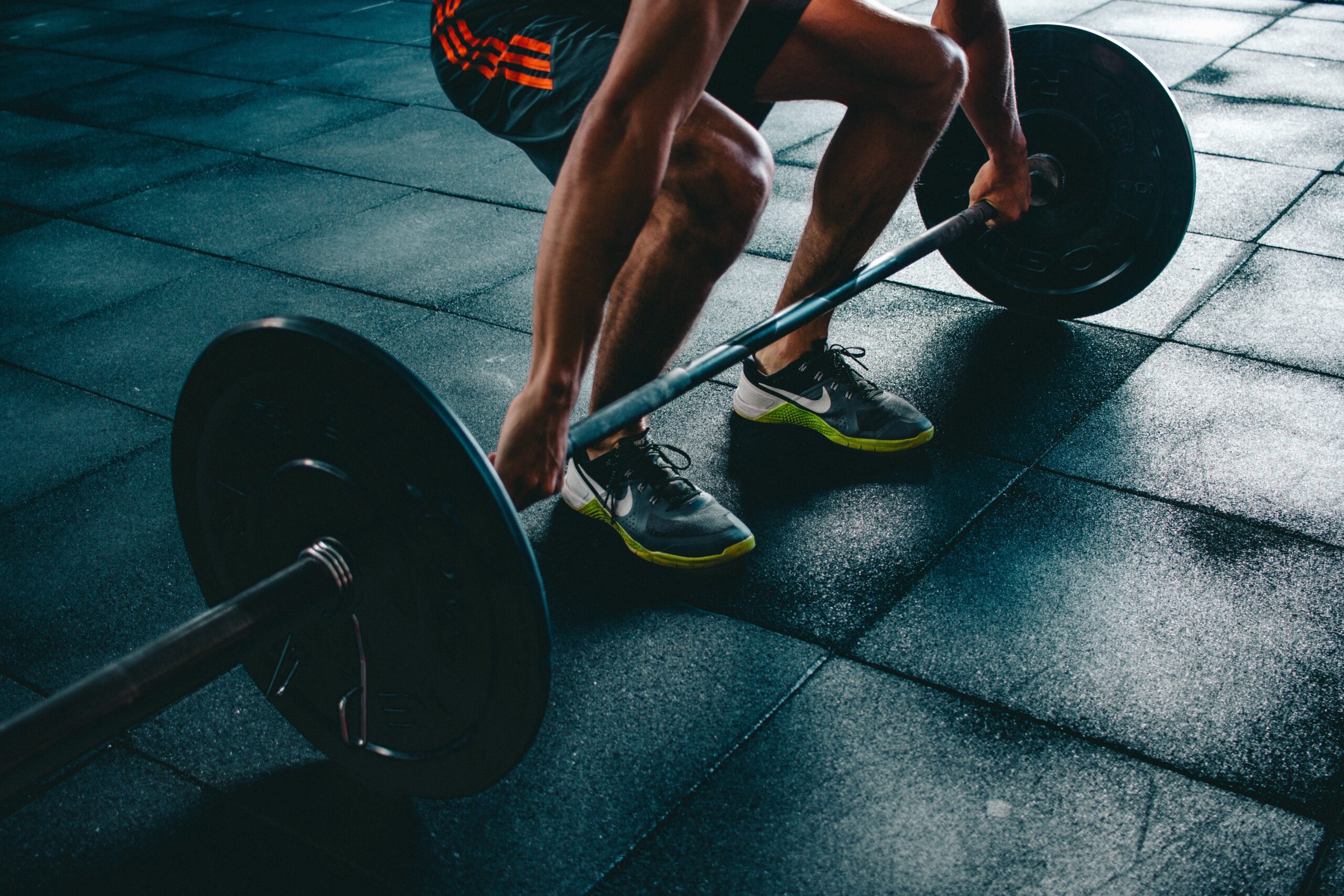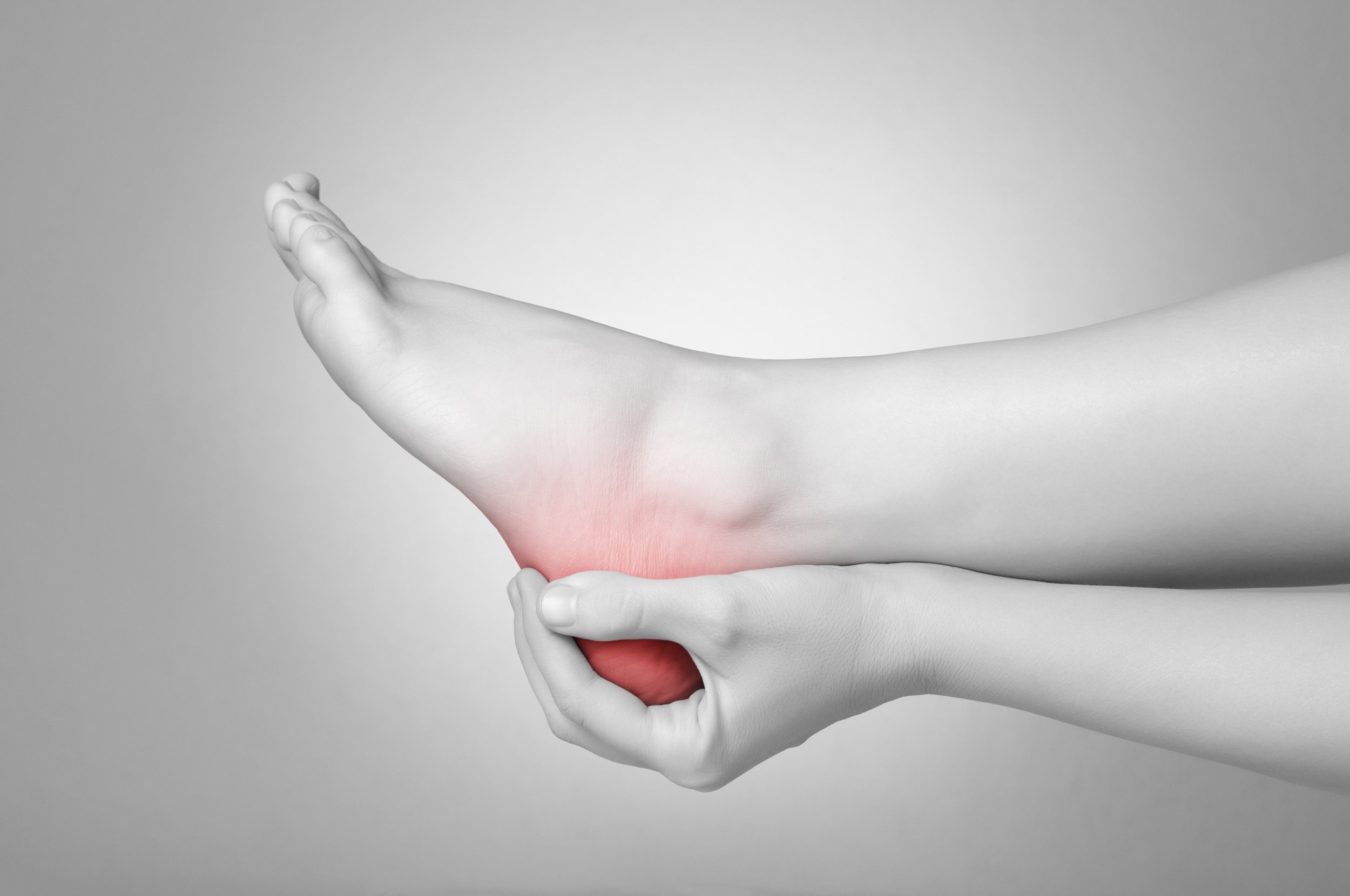
The Holidays have finally arrived, and that means it’s time to break out our carving tools. Luckily we only use these carving tools a few times a year. However, that means many of us are out of practice which leaves us more susceptible to injury.
The American Society for Surgery of the Hand reports that over 88% of Americans eat turkey on Thanksgiving, and that means A LOT of carving!
If you plan on being the Thanksgiving star this year by carving up the bird, help protect against injuries to your hand by following these simple safety tips…
Never Cut Towards Yourself
Your free hand should always be safely placed OPPOSITE the side that you are cutting towards. In other words, always keep both hands and your body out of the path of your cut.
Avoid placing your hand underneath the blade to catch the slice of meat
All of your surroundings should be dry! Your hands, your knife handles, your cutting board, as well as your surrounding cutting area or countertop. This helps avoid slips and slides that result in an injury! Everything should be dry… except your turkey! (haha)
Make sure your tools are sharp
This might sound silly, but using dull tools requires you to use more force to cut through your turkey. This makes you more likely to rip through or slip & slide around, cutting yourself. Sharp tools glide more easily through your meats.
Keep everything in your work space clean and dry
All of your surroundings should be dry! Your hands, your knife handles, your cutting board, as well as your surrounding cutting area or countertop. This helps avoid slips and slides that result in an injury! Everything should be dry… except your turkey! (haha)
Avoid using a knife to cut through bones
We all love to use the bones for either broth or making gravy. Try using your kitchen scissors instead. This is what kitchen scissors are designed for. They make the job both easier for you and more safe for your hands.
If you do have a turkey carving accident… Clean and keep continuous pressure on the wound. Seek immediate medical help if you are unable to stop the bleeding, you are unsure of your Tetanus status, or you are unable to thoroughly cleanse the wound. We often take advantage of our hands, don’t forget how important they are to your everyday life! We use them as our primary tools for exploring the world; an injury can permanently impact your home and work life. Please be safe this season.
Keep Reading…
5 Ways to Prevent Injury at Crossfit
From an air squat, to a heavy back squat, a power clean, to a shoulder overhead press; one’s core should always be engaged.
Shin Splints vs Stress Fractures
Shin splints refer to pain on the front, outer part of your shin that results from microtears in the muscles that surround the shin.
Plantar Fascittis
Pain experienced in the arch of the foot or underneath the heel is likely due to a strip of connective tissue known as the plantar fascia.
Achilles Tendonitis
The Achilles tendon is the thick band of tissue at the back of the heel that connects the calf muscle to the heel. Achilles tendonitis occurs if that tendon becomes irritated and tightened due to chronic stress, usually from a dramatic increase in training mileage, and makes up 11% of running injuries according to a Runner’s World article. It’s best to address this type of injury right away because if the tendon becomes chronically irritated and
IT Band Syndrome
Pain experienced at the outer part of the knee is likely to be related to the IT band, the strip of connective tissue that runs along the outer part of your thigh from the hip to the knee. According to a Runner’s World article,
Runner’s Knee (Patellofemoral Pain Syndrome)
According to a recent article published in U.S. News, 5 Common Running Injuries and How to Heal Them, 50% of running injuries are estimated to occur at the knee. If you are a runner that experiences pain in the kneecap during activities like running, squatting, prolonged sitting, or going down the stairs, you likely have patellofemoral pain syndrome (PFPS), or “runner’s knee”.







